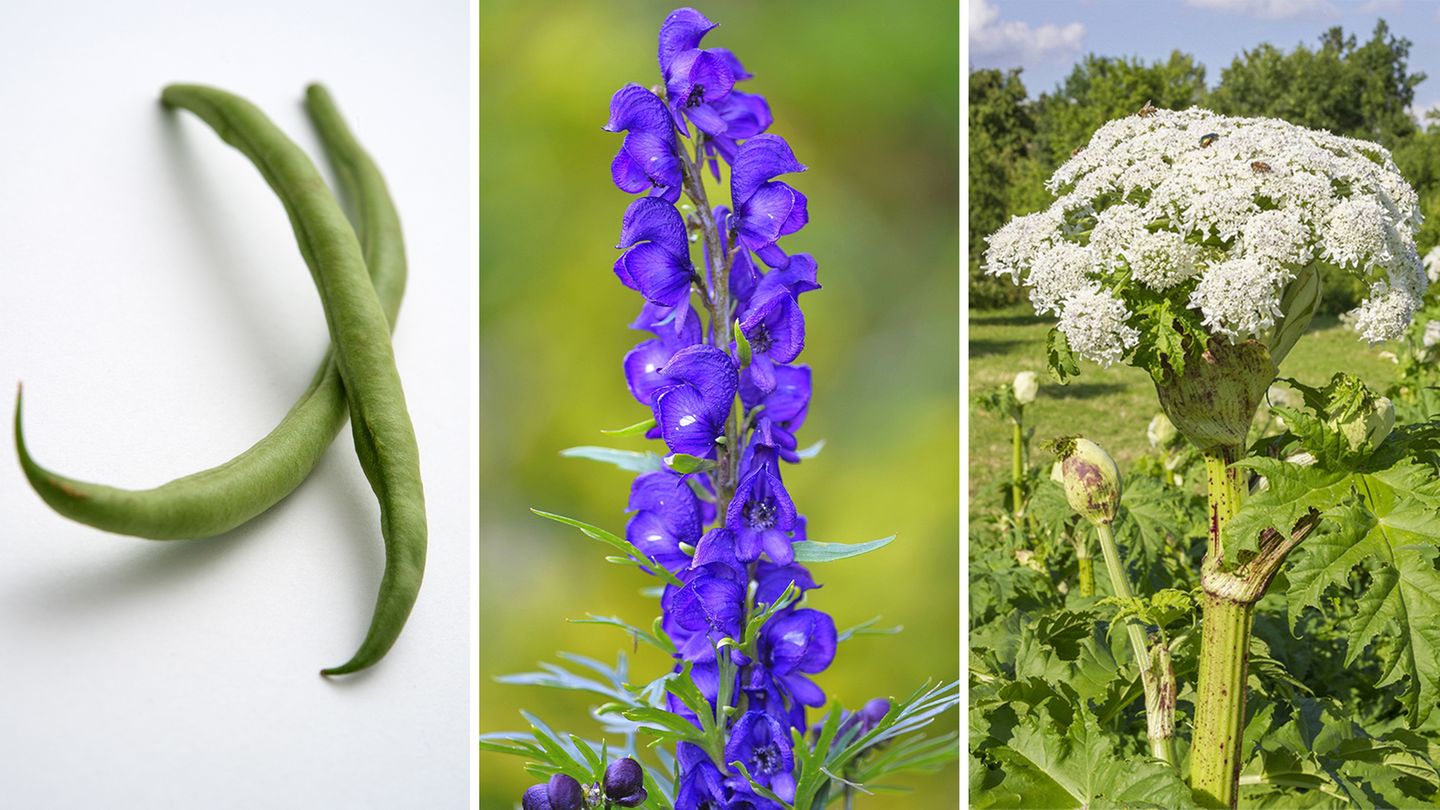Menu
Poisonous plants: stay away from these plants in the garden (video)
Categories
Most Read
People’s fatigue and fever: could it be Lyme disease?
October 4, 2025
No Comments
Horse world: The biggest, smallest, most expensive – seven curious facts
October 3, 2025
No Comments
Chikungunya: How dangerous is the virus for Europe?
October 3, 2025
No Comments
Health insurance companies plan digital pre-assessment for faster appointments
October 3, 2025
No Comments
Protect assets: How your grandma’s house is preserved from the sale
October 3, 2025
No Comments
Latest Posts

Military service deform: Coalition: Wehrdienstgesetz next week in the Bundestag
October 4, 2025
No Comments
IvanI have been working in the news industry for over 6 years, first as a reporter and now as an editor. I have covered politics

Tour of the Britpopband: Oasis guitarist interrupts tour for cancer treatment
October 4, 2025
No Comments
Lisa HarrisI am an author and journalist who has worked in the entertainment industry for over a decade. I currently work as a news editor

Private unveiling of Prince William: The Royal liked this slippery comedy
October 4, 2025
No Comments
Lisa HarrisI am an author and journalist who has worked in the entertainment industry for over a decade. I currently work as a news editor
24 Hours Worlds is a comprehensive source of instant world current affairs, offering up-to-the-minute coverage of breaking news and events from around the globe. With a team of experienced journalists and experts on hand 24/7.

